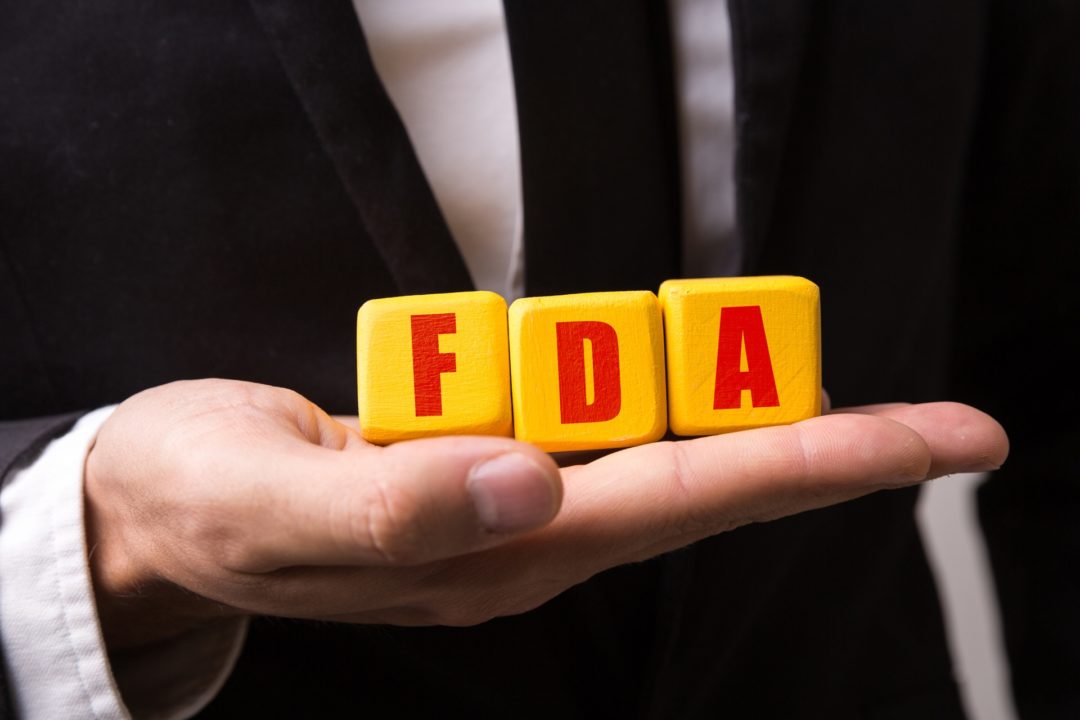If you want to influence — or attempt to influence — the U.S. Food and Drug Administration (FDA) and its regulations, there are several means of doing so. Individuals, companies, corporations, and non-profit organizations may all petition the FDA (or any government agency for that matter). Both the U.S. Constitution and the Administrative Procedure Act protect your right to petition agencies for the adoption or alteration of rules.
Petitions are nothing more than applications submitted to FDA requesting that a certain, specified rule, order, or other administrative action be issued, amended, cancelled, or revoked. Typically, the FDA receives about 200 petitions a year. As you can imagine, most of these petitions are not successful; however, your odds of success are greater than that of winning your State’s lottery, and those odds of success will increase with the professionalism and thoroughness of your petition.
First of all, petitions should be carefully researched and prepared prior to submission. The most successful petitions I have seen are almost invariably prepared by attorneys or other retained professionals, or else come from the regulatory or legal departments of an FDA-regulated company. Consumer groups have also made very effective use of petitions. However, whether petitioning as an individual or an institution, if you are going to petition the FDA at all, it pays to spend the time to do it right. Otherwise, you will simply be wasting your time and money, not to mention that of the FDA.
Reasons to File a PetitionSometimes, whether thoroughly prepared or not, a petition will be filed not because the petitioner believes it will ever be granted, but because it is a necessary prerequisite to filing a lawsuit against the FDA. I do not believe that Durk Pearson and Sandy Shaw ever truly thought their petition to the FDA filed in the late 1990s (to permit specific health claims to be made in connection with certain vitamins) would be granted. Yet, the submission of the petition was a necessary first step before they could file their subsequent victorious lawsuit against the Agency. So, sometimes, a petition is not really the goal but simply a vital hoop to jump through on the way to the real goal. In these cases, the petition need not be written to perfection; it will be enough just to meet the basic requirements for submitting a petition.
Another reason for filing a petition might be to influence the FDA’s decision-making process. Pharmaceutical companies are quite adept at this. In fact, 92% of Section 505(q) citizens’ petitions filed against generic drugs are filed by “brand name” pharmaceutical companies seeking to delay the approval of generic drugs that will drive down the price of their brand-name drugs. As one commentator put it, these types of petitions are nothing more than “a last-ditch effort to hold off competition.” The FDA is aware some companies “game” the system this way and usually rejects such petitions after lengthy review delays. For an interesting report on this type of petition, read Sarah Zhang’s “How Pharma Companies Use ‘Citizen Petitions’ To Keep Drug Prices High,” The Atlantic, March 8, 2017.
However, let’s not forget that many petitions are filed to influence the FDA for legitimate reasons — in order to correct what many of us see as oversights or errors in the FDA’s rule-making. While by law comments may be submitted to the FDA on its rule-making, petitions are more substantial efforts that will attract much more attention from the FDA.
Contents of a PetitionBriefly, petitions submitted to the FDA must contain:1. A statement of the action requested.That is, what rule, regulation, order, or other administrative act of the FDA do you want the Agency to issue, amend, cancel, or revoke? It is important to be specific here, focus on one issue, and not try to rope in a whole host of issues that will scatter your focus or intent and result in your petition being ineffective, vague, ambiguous, or even bombastic.
2. A statement of your grounds for the action requested.Here, you should clearly and thoroughly lay out the factual and legal grounds supporting your petition. Exhibits and attachments that support your position should be included and, if well selected, will generally help your petition. Interestingly enough, you must also include all information known to you that is unfavorable to your petition.
3. A certification.One drawback to the petition process is that the petitioner must certify under threat of penalty that the petition contains “representative data and information known to the petitioner that are unfavorable to the petitioner’s position.” Despite challenges to this requirement in the mid-1970s, the FDA has continued to insist that both the unfavorable facts and the certification must be in any petition submitted to it. The exact certification language reads as follows: “The undersigned certifies, that, to the best knowledge and belief of the undersigned, this petition includes all information and views on which the petition relies, and that it includes representative data and information known to the petition which are unfavorable to the petition.”
4. An environmental-impact statement.If your petition requests that a food be classified as “generally recognized as safe (GRAS),” or requests approval of drugs, biological products, certain medical devices, or food and color additives, then an environmental-impact statement must be included in your petition. Where required, you should review 21 CFR Sections 25.24 and 25.31 for further information. If such a statement is not required, then your petition should include a statement to that effect. Parenthetically, economic-impact statements are generally required only after an initial FDA review of the petition leads the Agency to request it of the petitioner.
5. FDA mailing and online address. Currently, the FDA does not accept emailed petitions. Still, petitions may be sent electronically to FDA via www.regulations.gov at http://www.regulations.gov/#!documentDetail;D=FDA-2013-S-0610-0001 or they can be mailed or delivered to:
Division of Dockets Management, Food and Drug Administration, Room 1061, 5630 Fishers Lane, Rockville, MD, 20852.
For more information on submitting petitions, and to see sample formats, read Title 21 of the Code of Federal Regulations, Sections 10.30, 10.33, and 10.35. Questions about the comment, petition, or hearing process should be directed to FDA Dockets Management, 1 (240) 402-7500, with hours from 9 a.m. to 4 p.m., Eastern Time, Monday through Friday.
How the FDA RespondsWhile there is no set time for the FDA to rule on the petition itself, the Agency did change its regulations in the late 1970s to provide that some response must be made within 180 days of the petition’s submission. This response could be nothing more than a procedural action or request for more information from the petitioner, either of which will satisfy the “180-day” regulation yet still leave the petitioner without any response whatsoever to the substance of the petition itself.In the end, the FDA will of course decide whether to grant or deny the petition; but much more than six months may pass before the Agency notifies the petitioner of its decision. If the petition is denied, then the petitioner can appeal to a Federal district court for review. However, Pearson and Shaw’s historic victories and experiences aside, the prospects of winning on appeal are not good.
Not surprisingly, most Federal judges have the same mindset as their counterparts in the administrative branch of government and so will not readily look behind the reasons for the denial of the petition. It is a rare judge indeed who will demonstrate the independence of spirit to find an abuse of FDA discretion in a petition-denial case. So, be forewarned: petitioning the FDA can be a long and expensive process without any guarantee of success.ST
Published in WholeFoods Magazine December 2017










